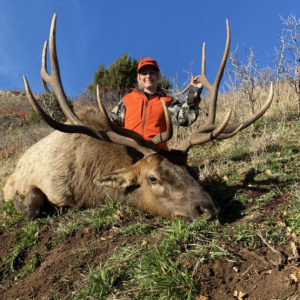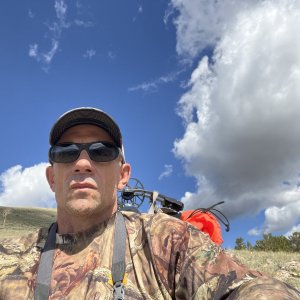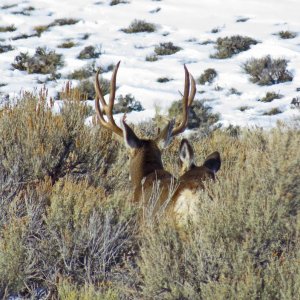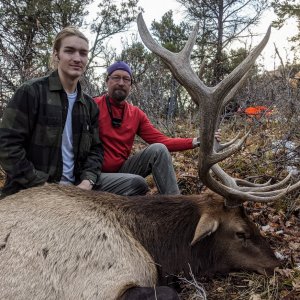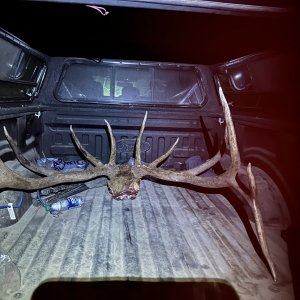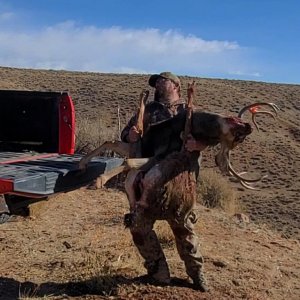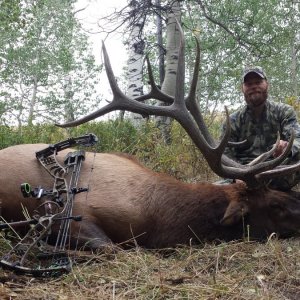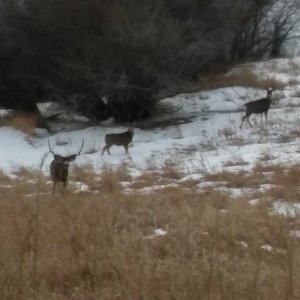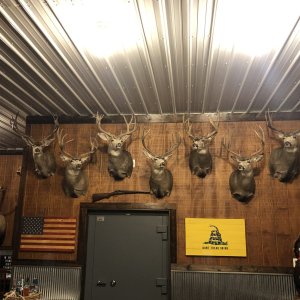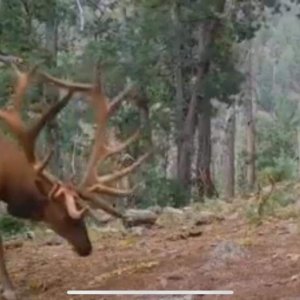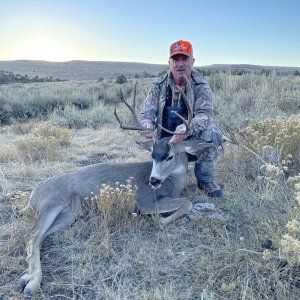>You answered your own question. An
>animal can only go so
>far with no oxygen. They
>can go a ways with
>no blood pumping. A double
>lung shot is ALWAYS fatal.
>
>
>PRO
That logic doesn't exactly work, a heart shot is also always fatal. An animal, or anything that breaths oxygen, when shot dies from lack of oxygen to the brain. The lungs exchange oxygen into the blood, the blood then transports that oxygen to all the organs and tissues of the body.
Without the heart, the blood can't flow to vital organs.
Without the lungs, oxygenated blood does not reach the heart, therefore, not reaching vital organs.
So either way the end result is the same thing, prevention of oxygenated blood to the brain. Now the determining factor that dictates how far an animal goes is, actually a couple things.
The largest is the severity of blood loss, a heart shot is the most deadliest and should be the quickest, if the wall of one or more of the hearts chambers is ruptured, there will be MASSIVE amounts of blood loss, in turn blood pressure goes down and blood almost immediately ceases to flow. This also goes with any of the major arteries or veins entering or leaving the heart.
The lung shot is also very quick if placed correctly, a lung shot can be a slower death if hit in the peripherals of the lung. The reason an animal can survive longer is that the rest of the lung is still able to supply the body with enough oxygenated blood to stay alive. The wound has to create enough blood loss for the pressure to fall enough to lower blood flow to the brain. As long as enough oxygen is getting to the brain, then the animal can keep moving.
Another factor that can control how far an animal goes is pretty simple. If the animal runs down hill it can cover some serious ground in a matter of a few seconds. Next time you get the chance to see an animal at a full out sprint. See how long it takes them to cover some distance. 300 to 400 yards is not that far for them.






